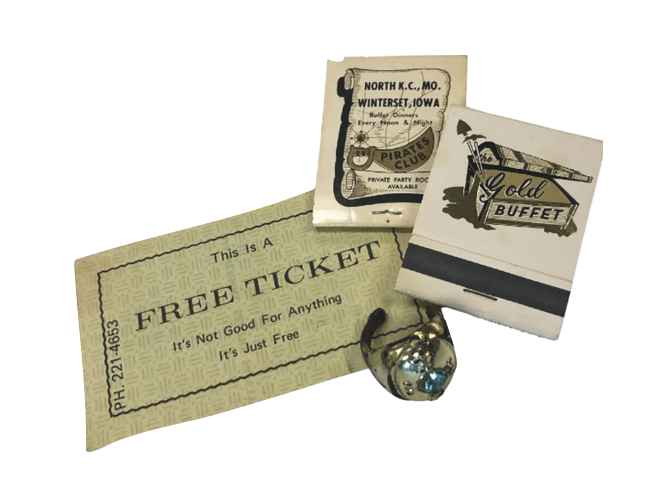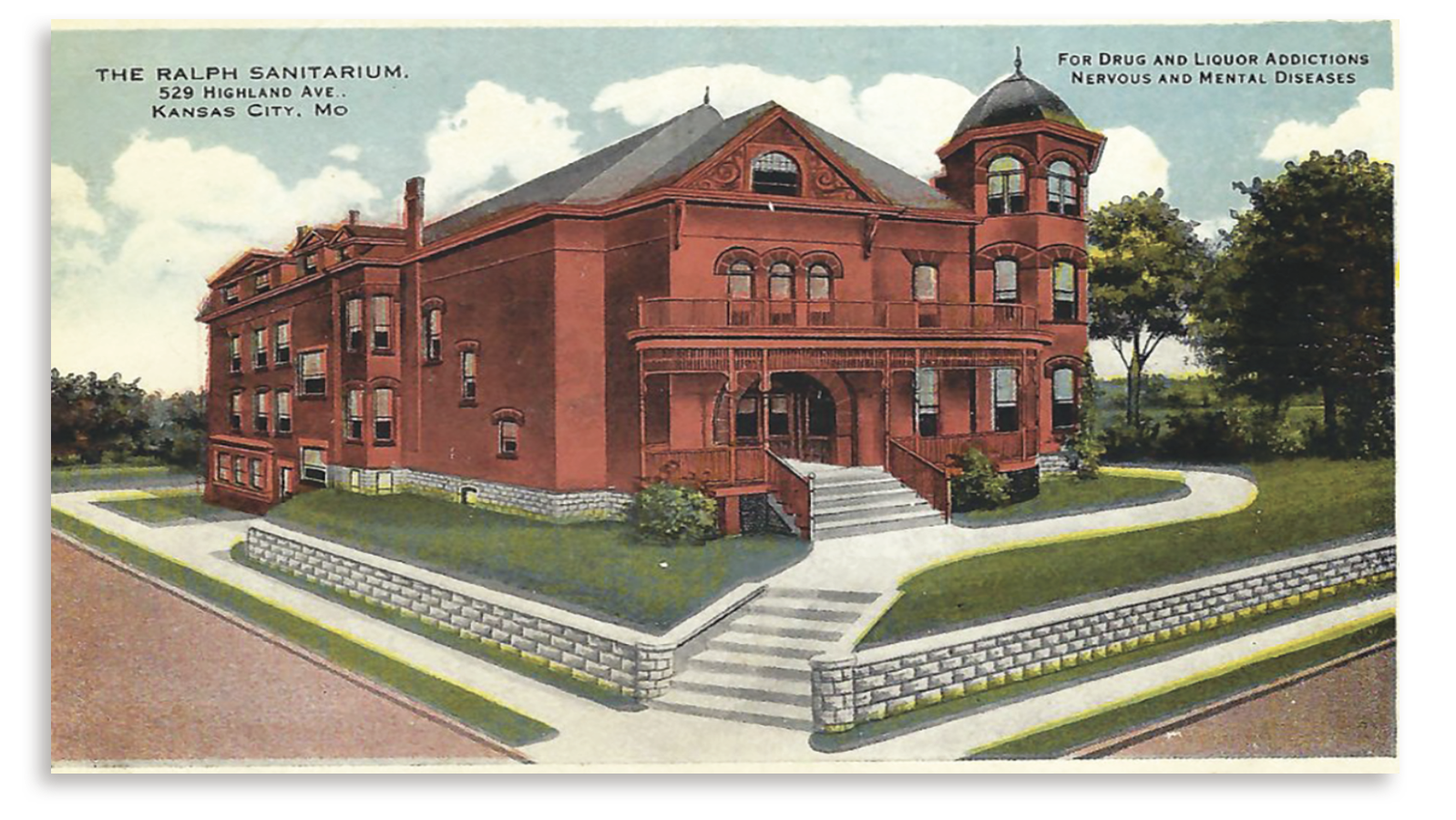
Dorri Partain
Contributor
The most fashionable souvenir available during 1967 International Universal Exposition was a silk scarf showing various pavilions, designed specifically for the most successful World’s Fair of the 20th Century.
Montreal, Canada was selected as the location for Expo 67 in conjunction with Canada’s Centennial in 1967.
Themed “Man and His World,” 62 nations participated in the event, which opened to record crowds on April 27 of that year.
Planning for the event began in 1962, and a site near the St. Lawrence River was chosen. Construction included increasing the size of St. Helen’s Island. A new island, Notre Dame, was also created using fill, and the existing Mackey Pier was enlarged and renamed Cité du Havre.
Twenty-five million tons of fill were used, but the design was modified to add canals and lakes when the amount of fill available fell short.
The original projected cost to prepare the site was $167 million, which ballooned to $439 million by the time the fair opened to the public.
In addition to the “Man and His World” theme emblem and Expo ‘67 logo, four pavilions designed for exhibits provided by Quebec, Ontario, Canada, and the United States are replicated in the design of the scarf.
The expo closed on October 29, 1967, but the exhibits proved so popular that several continued to be open to the public every summer in following years. The final exhibit closed and was dismantled in 1984.
Housing for the expo was designed by Moshe Safdie, who later designed Kansas City’s Kauffman Center for the Performing Arts. His 12-story Habitat ‘67 contains 146 units and remains as a unique housing complex overlooking the St. Lawrence River.
The lasting effect of Expo ‘67 came a year later when Montreal was awarded a National League expansion franchise. The Expos, spelled and pronounced the same in English and French, played 36 seasons, from 1969 through 2004.. The team moved to Washington, D.C. prior to the 2005 season, where they became the Washington Nationals.


















